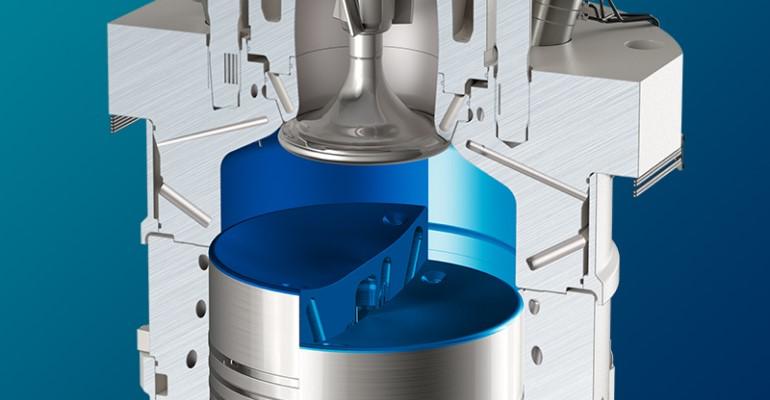WinGD said that initial engine and technical specifications have been confirmed for nearly half of the phase two vessels, and its X-DF2.0 engines have proven the preferred choice to be installed on most vessels.
Shipowners chartering to QatarEnergy ordered 25 vessels powered by X-DF2.0 last year, a number WinGD expects will be exceeded in the second phase.
The upgraded X-DF platform includes Variable Compression Ratio (VCR) technology, a solution which boosts efficiency and reduces emissions by optimise engine compression ratios dependent on fuel and engine loads. VCR brings fuel cost savings and related emissions reductions in both gas and diesel operating modes.
Combustion solution technology iCER was adopted by several LNG carriers in the first round, just months after the technology was introduced. Some phase two vessels have also opted for the technology which has been available from the start of the ordering process for the new round of ships.
WinGD Director Sales, Volkmar Galke said: “QatarEnergy, shipyards and owners were clear in their endorsement of X-DF in the last round of the project. We are confident that our latest efficiency technologies allow us to build on that success in the current round. Alongside our well-established engine platform, these technologies have provided a further point of difference for WinGD’s offering, increasing the lead over other engine concepts.”
WinGD claimed that on a 174,000 cu m LNG carrier on a typical operating profile, a configuration including two 5X72DF-2.2 engines with VCR outperformed other low-pressure and high-pressure engine arrangements in terms of LNG consumption, air pollution, greenhouse gas emissions, electrical power demand for auxiliary machinery and fuel costs.

